

Circular Motion
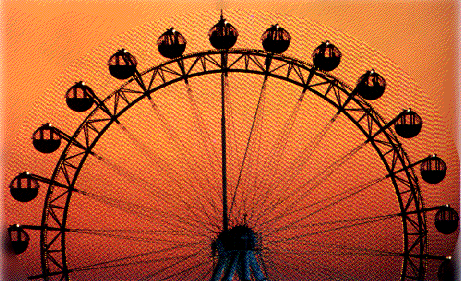
We have aready looked at the KINEMATICS of Uniform Circular Motion. We know how to calculate the centripetal acceleration of anything moving in a circle,
ac = v2/r
If there is an acceleration we know there is a net force. We can then set the net force equal to the mass multiplied by this centripetal acceleration. The pattern is to make a good, clear free body diagram -- meaning we isolate and identify all the forces acting on a mass m and then apply Newton's Second Law. Remember, we will be dealing with vector equations which always involve elegant and powerful shorthand. A single vector equation is an elegant and powerful way of writing two ordinary scalar equations at once. Don't forget that (and don't forget to use arrows over vectors to remind yourself of what you have written!). "Centripetal" means toward the center. Since this net force causes a centripetal acceleration, it is often called the centripetal force. The centripetal force is the net force acting on an object moving in a circle.
Many -- or even most -- amusement park rides undergo circular motion:
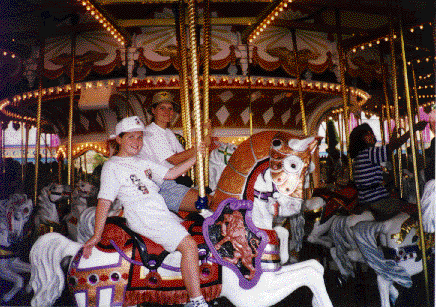
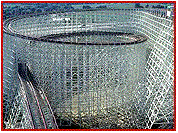
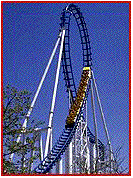
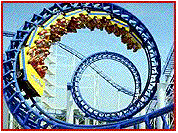
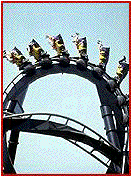
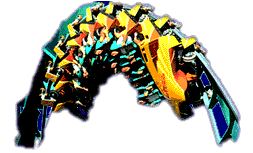
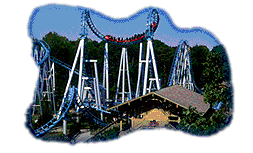
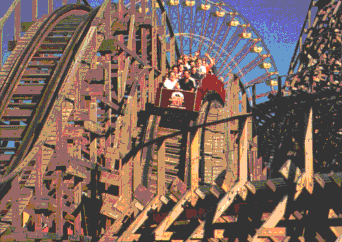
Highway curves are parts of circles so a car making a turn is undergoing circular motion.
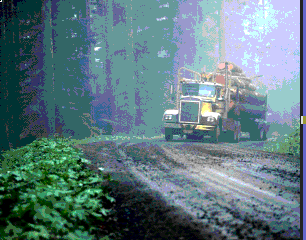
Playground Merry-go-Rounds offer further examples of uniform circular motion:
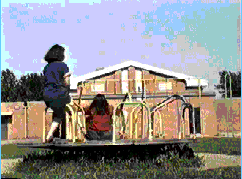
Satellites orbiting our Earth -- artificial satellites or our Moon -- have motions that are very nearly uniform circular motion. The planets that orbit our Sun have motions that are very nearly uniform circular motion.
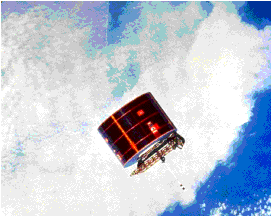
There are many examples of Circular Motion all around us.


(c) Doug Davis, 2005; all rights reserved